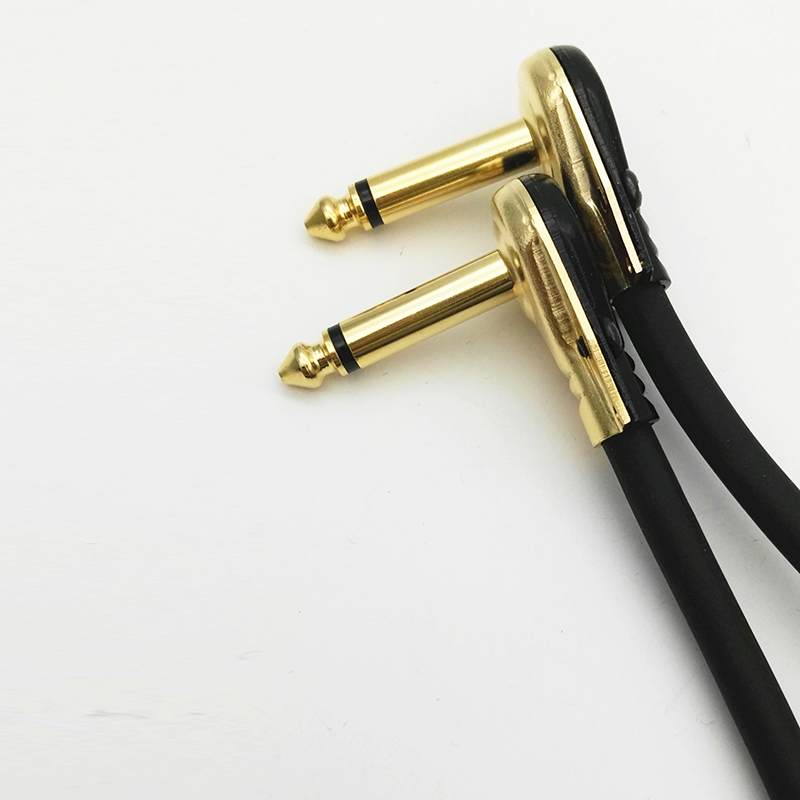Both instrument cables and control cables are commonly used products in real life. Different product characteristics have different uses, and the characteristics of instrument cables and power cables are different. Instrument cables are what we often call control cables, which are suitable for signal transmission and control circuit applications in instrumentation and other electrical equipment. The instrument cable is suitable for communication with an additional voltage below 500V, the long-term working temperature does not exceed 70℃, and the laying temperature is not lower than 0℃.

Power cables include various insulated power cables used for transmission and distribution of electric energy, and are suitable for urban underground power grids, power stations, internal power supply of industrial and mining enterprises, and underwater transmission lines across the river and sea with various voltage levels of 1-500KV and above. Power cables with high voltage levels are primarily used to transmit and distribute high-power electrical cable products.
The instrument cable has no voltage level, it is low voltage, the core conductor is thin, and part of it has shielding function.
Power cables are divided into high-voltage cables, medium-voltage cables and low-voltage cables. The wire diameter is generally thick and the application range is relatively wide.